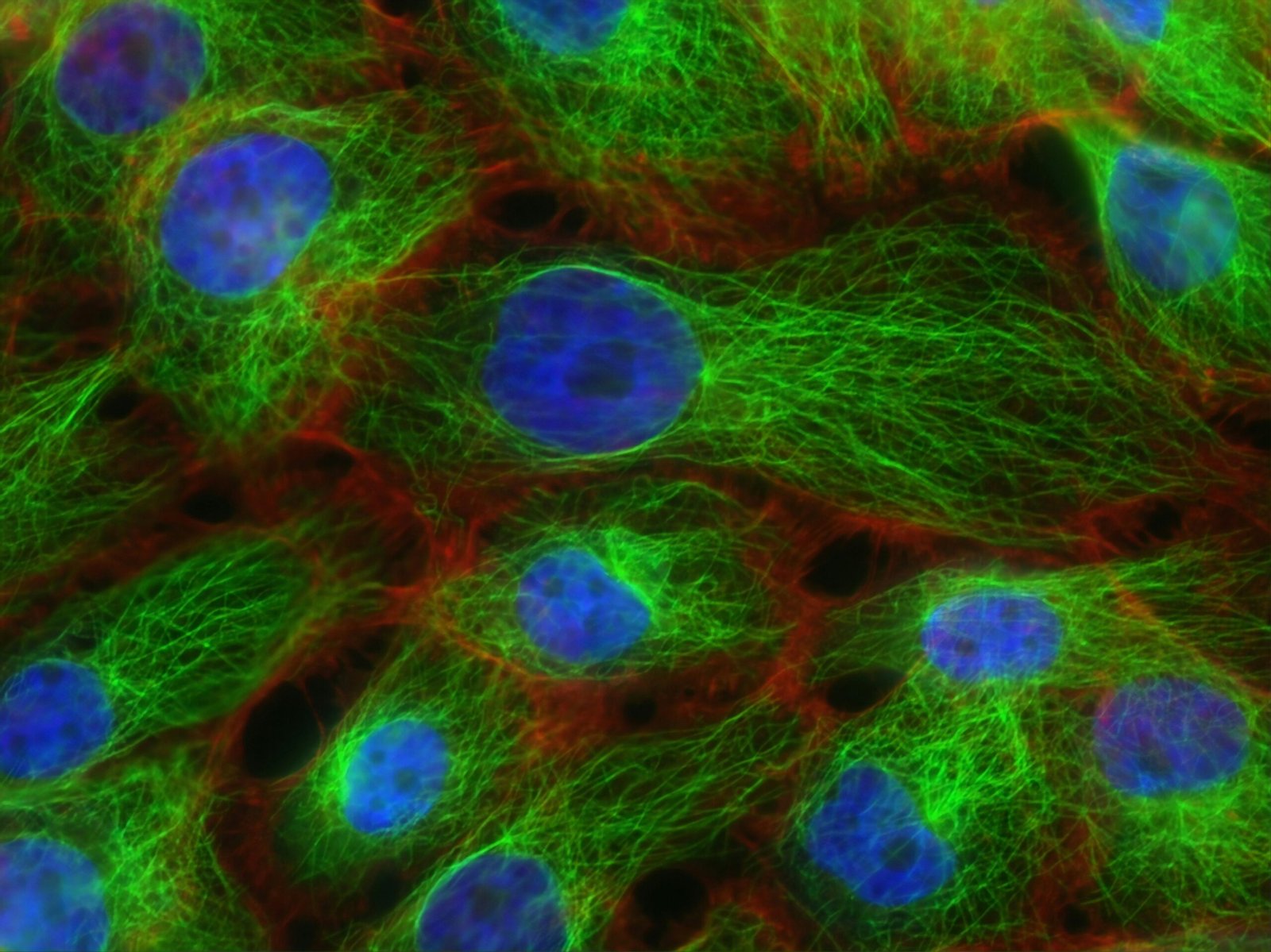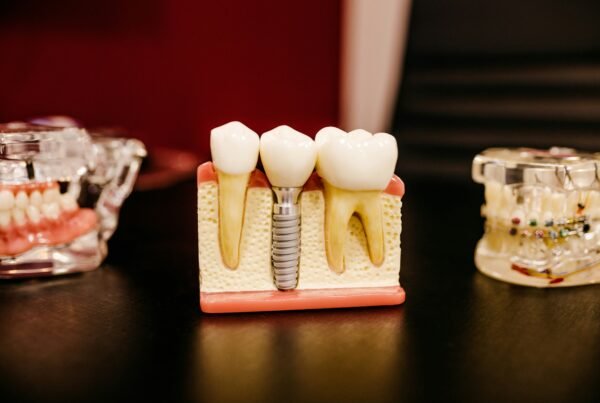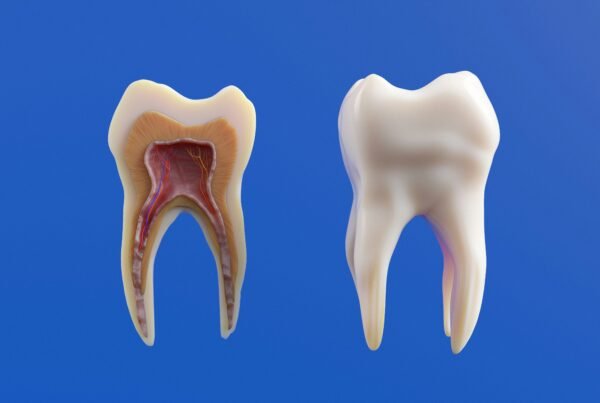The six phase table, now known as the disease evolution table, was designed by Hans Heinrich Reckeweg to illustrate the progression of disease through different stages and in different parts of the body. There is a clear connection between this six phase table and the ’ we will explore later in this essay. As a doctor, naturopath and homeopath, these systems ’ing when developing this system (Sharma, 2019).
Are you interested in a holistic approach to health and nutrition? Read about my programs here.
The primary aims of homotoxicology itself are outlined through its three pillars:
- Drainage and detoxification: the first pillar seeks to detoxify and drain the extra cellular matrix and lymphatic system of toxins and also support the elimination of these toxins.
- Cell and organ support: the main focus of this pillar is to support the organs involved in the detoxification and elimination process like the liver and kidneys, so that the detoxification and elimination process may proceed optimally.
- Immunomodulation: once the above two pillars are completed, the immune system will be better able to self-modulate and return to balance.
Homotoxicology seeks to support all three of these areas through the application of low potency homeopathic combination remedies. Part of the process of selection of an appropriate homotoxicological remedy will depend on the current state of progression of disease, which is where Reckeweg’s six phase table comes into application.
The six phase table consists of six stages that are themselves first categorised into three separate stages. These three stages are (Sharma, 2019):
- The humoral phase: where the pathogenic activity is limited to the humours (fluids) of the body, such as the blood, mucus, bile etc. This is the first sub-stage where the body is able to attempt detoxification and elimination more easily as the toxicity has not entered into the cells and tissues of the body.
- The matrix phase: in this sub-phase, the toxins/pathogens have progressed into the extra cellular matrix and are starting to affect the cellular function and connective tissue of the body.
- The cellular phase: where the toxins have entered into the cells and are causing reduced function of the cellular processes or cell death.
Each of these stages is broken down into two phases to form the six main phases, as follows (Sharma, 2019):
- Excretion (humoral stage): in this stage, the body is able to easily eliminate toxins through the basic secretive functions of the body like sweat and bile.
- Inflammation (humoral stage): in this stage, the toxins have progressed deeper in the body, through either an increased exposure or failure/suppression of the elimination routes active in stage one. Here, the body is still able to deal with the toxins, but a greater effort is required and this may require fever, inflammation and discomfort. Examples would include the flu, dermatitis or bronchitis, depending on where the toxins are located.
- Deposition (matrix stage): by this stage, the toxins have entered and are clogging up the extra ce’ eliminative functions are overwhelmed and the body therefore elects to deposit the toxins into the matrix, out of the way of direct harm to other organs until such time that the body has enough energy/capability to remove them. This could be when the acute toxin exposure has decreased for example, but if the toxin exposure and/or function of the detoxification and elimination organs continues to be depressed, the toxins lodged in the matrix will not be able to be cleared and risk progressed onto stage four, impregnation. During this stage, there may not be many obvious symptoms becomes too much for the body and stage four is reached.
Between stages 3 and 4, in the middle of the matrix phase, Reckeweg proposed a disease. Reckeweg believed that once pathology progressed into the impregnation stage (stage 4), that it was far more difficult or even impossible for the body to reverse the progression. At this stage, the toxins have entered the cells and tissues and are thus no longer prone to attempts of the body to detoxify and clear the extra cellular matrix (Sharma, 2019).
Are you interested in a holistic approach to health and nutrition? Read about my programs here.
4. Impregnation (matrix stage): by this stage, the toxins have begun to affect cellular processes and their functions. They have started to cause real damage to the cells and structural components of the matrix. Therefore, the cells become less efficient, reducing the vital force of the person and their potential to remove the toxins on their own. Hence, this stage lies after the biological division. Symptoms may remain quiet at this stage, but this is when we will start to see more serious signs that something is wrong.
5. Degeneration (cellular stage): in this fifth stage, the cells and tissues of the body are suffering serious damage. Due to the decreased function, the body is less and less able to deal with toxins. Often, regulation rigidity happens here, when the body’s self-regulation function gets stuck and chronic inflammation or allergies may result.
6. Dedifferentiation (cellular stage): in this final stage, the damage to cells has progressed to the point that uncontrolled growth occurs – cancer.
Where reversals are possible, Reckeweg’s ideas matched those of Hering in his Law of Cure. Reckeweg’s six phase table is able to illustrate this process in a more visual form whereby disease tends to progress from the top left of the table towards the bottom right (known as progressive vicariation) and the reversal progress from bottom right towards the top left (regressive vicariation) (Sharma, 2019).
While there is not a direct correlation between each of six phases of Reckeweg and the six stages of samprapti from Ayurveda, the two systems are clearly describing the same process through different lenses. In the first stages, normal regulation of the body is possible and this mirrors the function of the dosha when they are in their correct place in the body and have not accumulated too much. Later, this can progress to the dosha spreading around the body, depositing into weak tissues and starting to damage cells and tissues. Finally, this damage intensifies in both systems.
In conclusion, homotoxicology, primarily through its understanding of the extra cellular matrix and six phase table, is providing the link between modern scientific research and the ancients’ knowledge and terminology of the humours, dosha and more. What the ancients long knew, science is just starting to catch up to, but the field of homotoxicology is playing an important role in connecting the two. The relatively recent discovery of the extra cellular matrix has made this possible as this is the terrain of Claude Bernard and provides the explanation of the mechanism of action on the body and regulatory function of the humours (fluids) of the ancients. Furthermore, and perhaps most importantly, it provides the scientific understanding and proof of the holistic nature of the functioning of the body, how everything is connected to everything else (through the matrix itself), rather than controlled on an individual cellular level as thought by 20th century scientists.
Are you interested in a holistic approach to health and nutrition? Read about my programs here.
References
Sharma, Mary, 2019, Naturopathy Course Notes, Module 6: Homotoxicology, page 49-50, 97105,
School of Health, Stroud, UK





